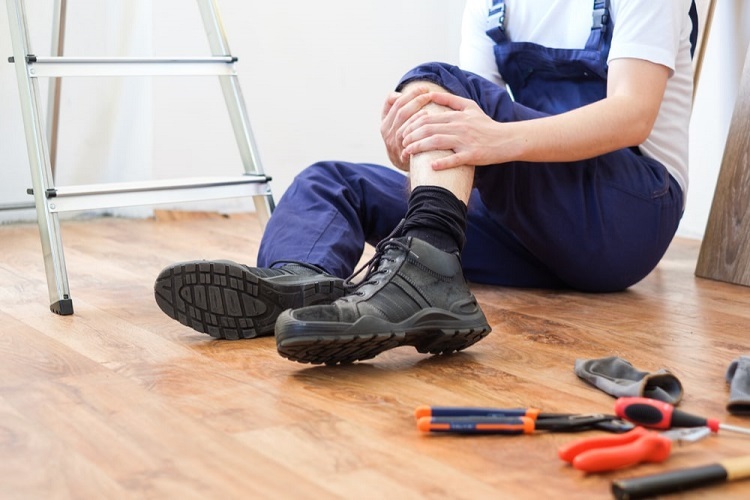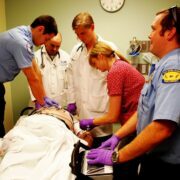Would you believe us in case we told you that there are three ways through which you can get equal results from your workout, without having to deal with pain afterwards? You don’t even have to change your routine much. Small adjustments in your exercise routine would help in achieving similar gains with reduced post-workout soreness.
One need to keep in mind that soreness cannot be eliminated, it can only be reduced. The pain one goes through hours or days after exercise is defined as delayed onset muscle soreness, or DOMS. As a stark contrast to popular belief, suffering from DOMS does not necessarily translate into building more muscle and can actually be more harmful than good. So in reality, more pain translates to less gain.
Studies have shown that aerobic exercises or even proper cool down can help reduce post-workout muscle soreness. Moreover, certain supplements like caffeine and fish oil also comes handy.
In this article, we are going to focus more on the three strategies that will help you deal with sore muscles more effectively:
Believe in slow progress
The surprising truth is that you can achieve gigantic gains and power with the help of SUB-maximal exercise. Until and unless you have been training hardcore, regularly, injury free for more than a year, you cannot be considered a veteran in body building. So, when kicking off a new training routine, progress slower than you think, even if you have done training before. This is highly applicable in case of beginners or intermediate exercises. Keep a track on the results you end up achieving after a month or even a year from the day you begin.
For the initial two weeks of your new exercise routine, restrict your effort level to a maximum of 5 out of 10 (one being couch exercises and ten being all-out exertion). You may feel like you are underplaying because you know you can do better than that, but believe us, long-term adaptations are not the outcome of your first two weeks.
Go slow, and keep in mind that, even if you underplay in the first two weeks, you will recover quicker to train harder in the long run, putting you on the exact path a few weeks later. During the initial two weeks, you might feel a little sore for a day or two after the routine, but not longer than that.
- Restrict Eccentric Exercises
Muscle contractions are categorized as concentric (muscle shortening), eccentric (muscle lengthening), or isometric (constant length). Eccentric contractions are a result of weight being lowered (for instance, when you lower the bar close to your chest during a bench press).
Simple way to understand this is:
- Concentric = when the weight is being moved
- Eccentric = when you are going against the gravity to stop the weight from moving
- Protein Intake
Acceptable amount of protein consumption is not only required for building muscle mass, but administering protein during and after exercise has shown to reduce post-workout muscle damage. This most likely happens because of stimulation of the protein synthesis, providing muscles with nutrients required to repair and rebuild damage.
You can get protein from wide variety of sources. You might prefer getting it from solid foods (such as meat) or supplements (i.e bars, powder, liquids, etc.)
Creams and Rubs
When you are down with muscle soreness, topic pain killers – the one applied on the skin – can offer instant relief. For instance, Moov Cream can really help with giving you instant relief against muscle soreness.
However, one needs to know how to use it properly the get the best results and minimize the risks involved:
- Read the instructions mentioned inside the packet and follow instructions carefully.
- Never apply the cream on open wounds
- One shouldn’t use them along with heating pad, as it can cause severe burns
- Do not apply and use a tight bandage.
- Ensure that you wash your hands properly after using them. Keep your hands away from your eyes with the product on your hands.














Comments